 Yum Cha
Yum Cha
Yum Cha Chats: Take a tantalizing armchair trip around the world with Dimension
The exhilarating drum 'n' bass artist teases us with memories of food & travelling, pairing each experience with a really goddamn good book
Welcome to the goosebump-inducing world of live drum ’n’ bass, where London-based artist Dimension leads the pack with a highly curated and complex performance where he pairs a hard-hitting, rave inspired fusion of acid trance, drum ’n' bass and hardcore with a spectacular bespoke multi-sensory show using a clear synth, towering LEDs and immersive scent technology. (The entire thing was created with specialists who’ve worked on Star Wars and Game Of Thrones, to give you some context to its scale). Don’t even worry that live shows were on a brief hiatus, Dimension stayed busy. Aside from being one of the first international acts to tour New Zealand after it squashed COVID, he was already preparing to debut the next incarnation of DIMENSION LIVE at Printworks in London. (You can register for presale tickets for the December 2021 show here).
The artist has been taking his exhilarating performances around the world and taking full advantage of the cultures he experienced along the way. The started with food, of course, but also literature. So we asked him to pick his favourite restaurants around the world and pair them with a book.
“I’ll admit that picking out one restaurant from a certain city is a challenge — everyone has different tastes, budgets — and sometimes you’re not in the mood for pickled herring. Did you know there are 15 million restaurants in the world? Add an extra layer of complexity with the edition of a book — just one book — of which there are approximately 130 million, and the number of possibilities becomes somewhat absurd.
“With that in mind, I decided to be strict, remove my always beckoning notion of romance, and limit my selection to places that I have physically eaten in, and books that have accompanied me on my travels. Let’s begin.”
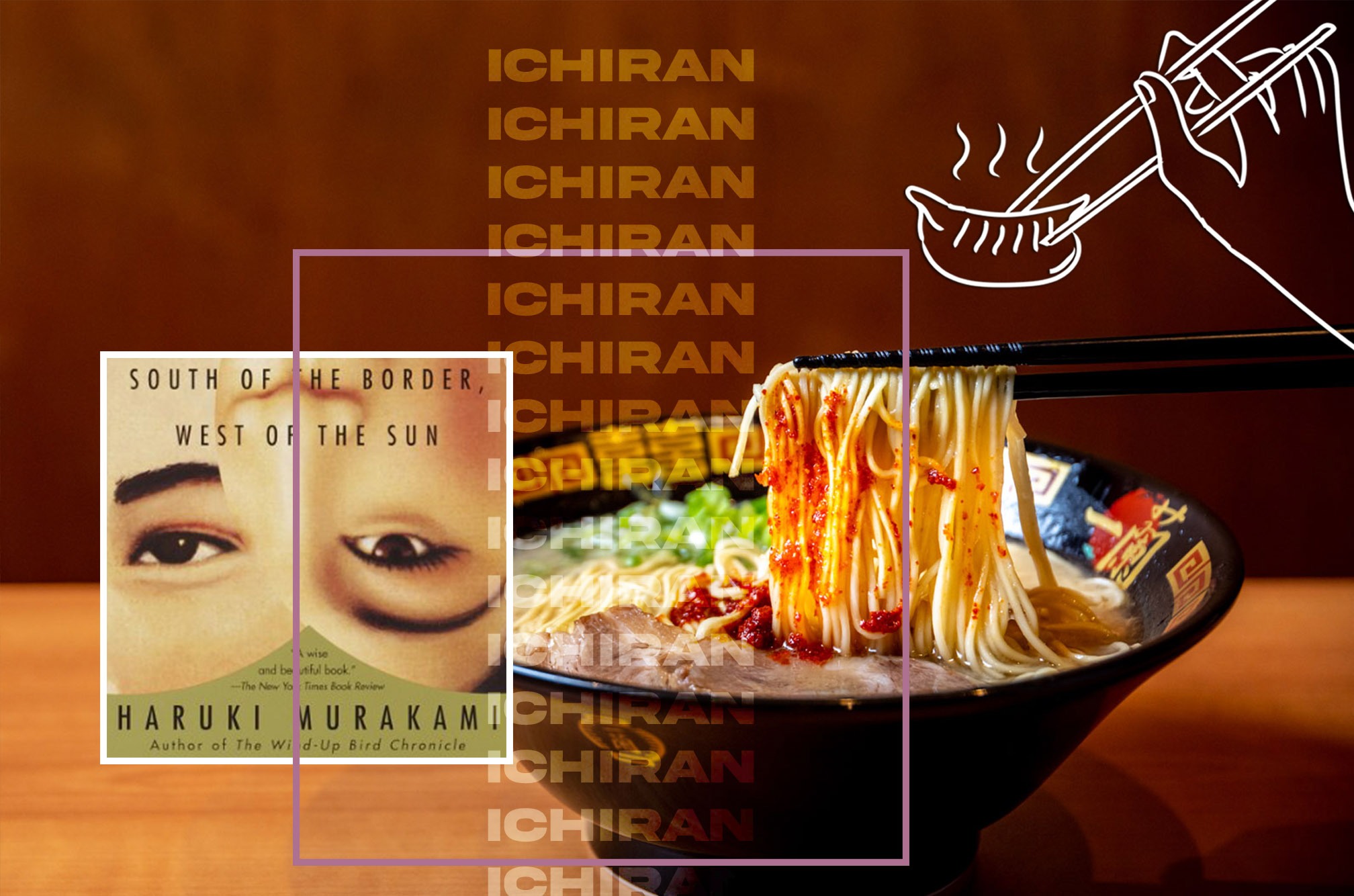
Japan Ichiran
Japan is the only county in the world where, upon disembarking their airplane, first-time visitors will almost certainly take a photo of a vending machine. Just imagine how stupid a tourist would look repeating this act as you walk down the street in your home country. Japan really is that exotic — vending machines are that exciting — and, yes, I most definitely took a photo of a vending machine too. Like all of Japan, Tokyo is a visual feast for the eyes and one of the last true remaining culture shocks left on our planet. It is a city of tradition, work and food. To locals, I suspect my choice of Ichiran Ramen is a bit like landing in New York and going straight to Burger King. Ichiran is a chain restaurant, they’re open 24/7 and last but not least, it is painstakingly cliché. Well, my friend, this is where the similarities end. First and foremost, there will probably be a queue — and once you enter the restaurant, you are not given a menu but instead, a questionnaire; 0-5 noodle thickness? How spicy? How much garlic? Toppings? The list is endless.
Once you have finished your examination, you hand in your papers and are seated in a small, one-man booth — like a small, cramped phone box. It is a private affair, wooden panelling restricts your view of other patrons — as it should be. Suddenly, a shutter opens in front of you and a faceless hand delivers you a bowl, a black bowl full of a noodle soup that is about to blow your mind. I understand that you may question my credentials, who am I to be writing about food or literature? Who is this guy, he’s a fucking DJ! Let me tell you one thing folks, if you do not enjoy this bowl of ramen, you are a moron. It is truly an enlightening experience, the broth is so deep and flavourful —thick, rich and umami — the noodles, the building blocks of this sensational feast, have just the right amount of give, the tea-stained egg, proudly showing off its golden yolk and the pork is simply, cooked to perfection. See, the thing with Japan is that they are extremely dutiful people, in Japanese culture, nothing is worse than the dishonour of letting down your employees, friends or family name. You turn up and fulfil your delegated task, work hard and become part of a product that you are proud of. It is this cultural pillar that means, Ichiran Ramen — a chain restaurant — is sensational, and why Burger King — is not.
What to read when you're there: South of the Border, West of the Sun by Haruki Murakami
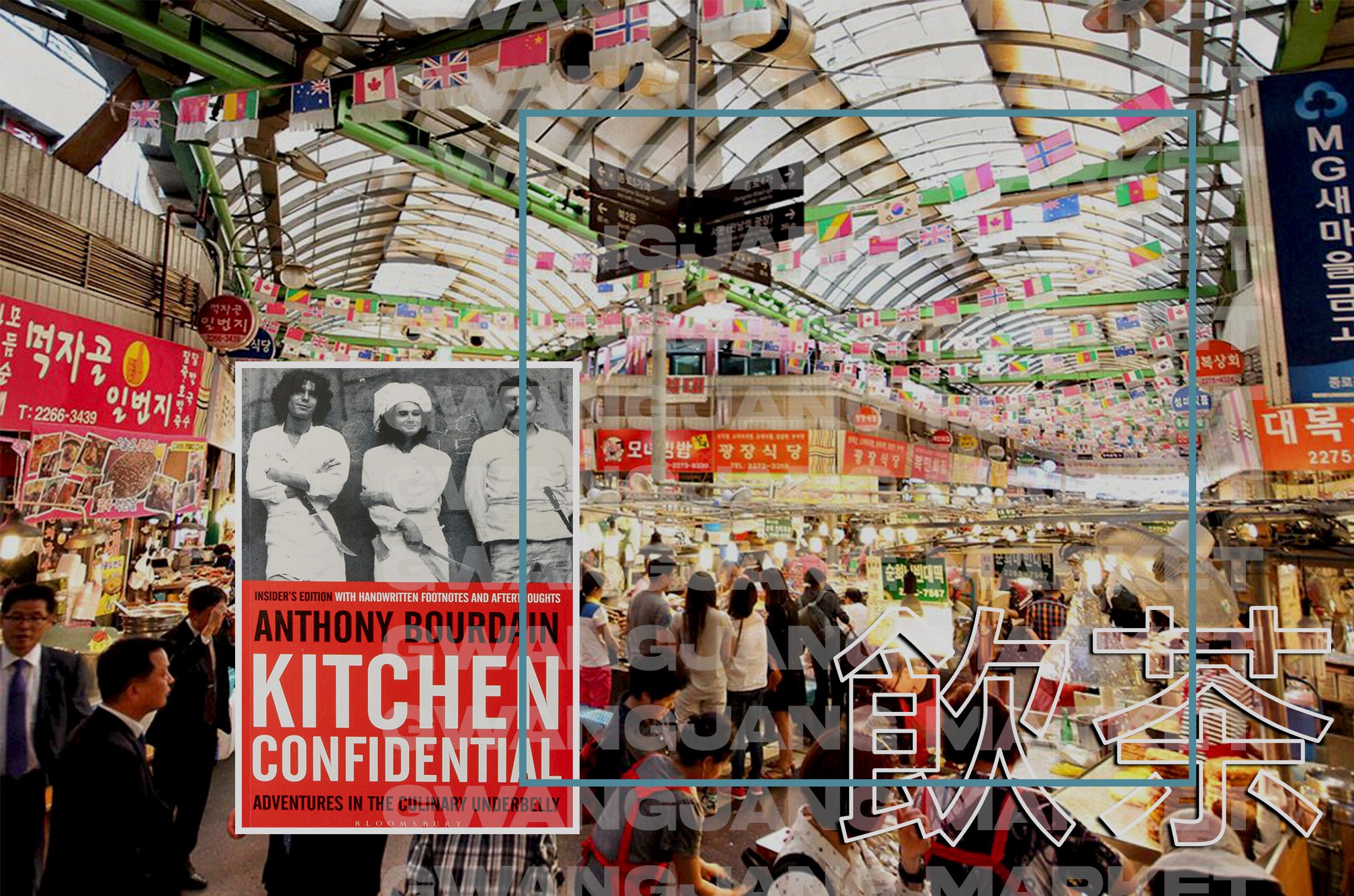
Seoul Gwangjang Market
I have something to admit — neither have I read a book from a Korean writer or divulged myself in a novel where the subject matter has anything to do with Korea. So why am I even bothering here? I know what you’re thinking here, I've felt the same watching terrible American YouTube ‘chefs’ castrate beautiful Spanish or Italian recipes by all manner of skillet or broiling offences. Seoul is a wonder of East-meets-West, after the Korean War, South Korea established itself as the progressive tech giant in Asia, now in 2021, most of my friends have a Samsung piece of tech in their home. Koreans work hard but — boy — do they party harder.
My first time in Seoul was in 2018, I had a show in a district called Itaewon. It’s the night before the show, it’s 7am and I am mindbendingly jet-lagged. I’ve had enough of trying to sleep so I decide to opt for some fresh air. Naturally, I’m expecting the meditative calm of dawn but instead, I’m met with; alcohol, chanting, Lamborghinis and a shit load of loosened ties. The place is crazy — no one does fandom like Korea. K-pop bands like BTS are so popular that fan curated communities come together and donate enough money to cough up giant billboards of their favourite K-pop band. The reason? Because fans simply want to see their favourite singer succeed.
When most people think of Korean cuisine, they’d most likely think of Korean fried chicken, Korean BBQ and bibimbap — and they’d be absolutely right to do so — they have correctly established themselves as cult titans across the globe. My recommendation, however, is Gwangjang Market. It is one of the largest and most traditional markets in South Korea and where I personally enjoyed local delights such as; boiled lung and live (yes, it’s still moving) squid. The lung was the only thing I’ve eaten in 25 years that made me regurgitate and the squid experience has somewhat haunted me, but they make for fantastic stories and after all, isn’t that what food is all about? Rest assured there are many more palatable options available and thus, Gwangjang Market is an essential stop if you ever visit the wonderful city of Seoul.
What to read while you're here: Kitchen Confidential by Anthony Bourdain
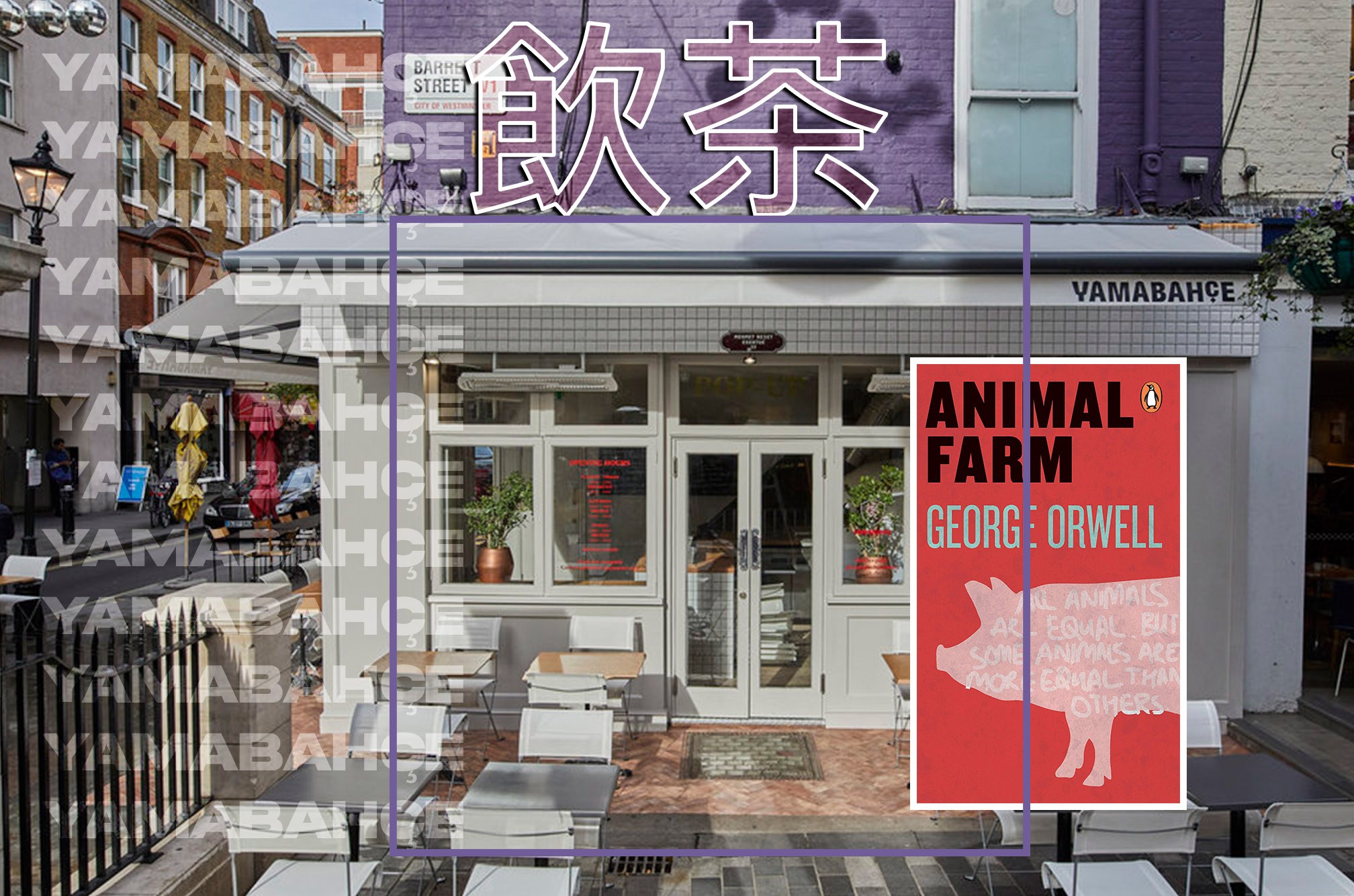
London Yamabahçe
London, my hometown, a city which, depending on the day, I utterly love or completely detest. It is beautiful, nuanced, restrained and rich with social constipation — the UK is the only place in the world where you say, ‘sorry’, even though you know the other person fucked up, it’s just the way things are. Choosing one restaurant in London is impossible, you have East London which is full of innovative chefs serving incredible worldwide cuisine and then Central London, the home of Michelin Star paradise. With so much selection, naturally, I elected the most British eatery of them all, a Turkish joint. As a non-local, this may come as a bit of a surprise but every Londoner knows that Turkish food is the beating heart and soul of our hungry, overpopulated lives.
Writing about Yamabahçe honestly makes me somewhat emotional, perhaps because I’ve enjoyed so many great meals here or partly because it pains me to share this incredible gem. One thing you must realise is Yamabahçe is more than just a restaurant, it is an experience, it is a way of life and for those that know, it has true cult status. It is located in the beautiful and bustling St Christopher’s Place and the basic principle is simple; Turkish food cooked in a wood-fired pizza oven. Pide, lahmacun, topkapi chicken — order it all but under no circumstance may you forget to request the walnut salad. You sit outside, regardless of the weather, so bring a jacket — also, waiters are exceptionally welcoming but the service is dreadful, you will have to ask at least three times for a glass of water and you know what, that is exactly how I like it. I go with friends, normally on a Sunday and we sit for hours, chatting, eating, beer in hand, simply watching the world go by.
What to read while you're here: Animal Farm by George Orwell
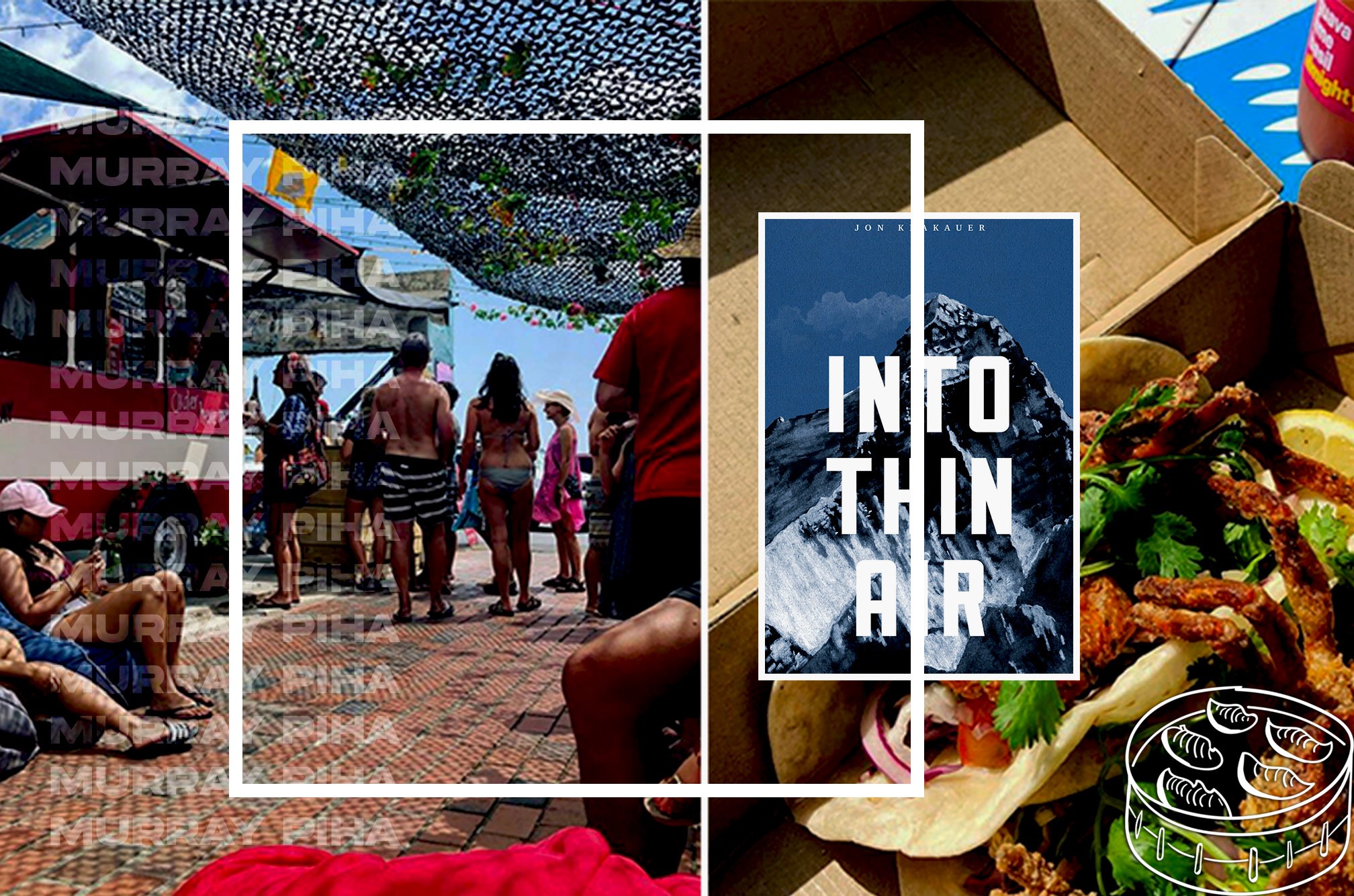
New Zealand Murray Piha
I had the tremendous honour of spending over two months in New Zealand from December 2020 to February 2021 — smugly and somewhat fortunately avoiding the worst of the British lockdown. This volcanic island really is one of the most exceptionally beautiful places on earth and, along with governance, is why the city of Auckland is currently experiencing a property boom in a way that not even the most optimistic of analysts predicted. The average property in Auckland has shot up by 24% to 1,100,000 NZ dollars in February 2021 alone. Did you know, New Zealand does not have an infrastructure of property agents? All property is auctioned and the price is simply dictated by an estimate.
The food scene in New Zealand is amazing. It is a country surrounded by bountiful waters, fertile lands and a mouth-watering East Asian influence — most importantly though, Kiwis seem to really care about great cuisine. I tried to visit as many places in Auckland as I could; Ponsonby, Britomart and Grey Linn have exploded in recent years and have trendy, delicious offerings but my heart was won over by ‘Hello Beasty’. It’s situated in the somewhat tacky, pseudo-luxury viaduct but do not fear! Unlike some of its neighbours, this pan-Asian influenced delight is excellent now — not a relic of the past. It features concrete, minimalist interiors as well as the certainty of queues outside. I unashamedly frequented six times in a month here and every person I invited told me they’d be back again. Order musts are the Sichuan tuna tartare, oysters, chicken kaarage and heirloom tomatoes.
My recommendation, however, is not in Auckland, it’s a 45-minute drive East at one of the most spectacular beaches I have ever seen. Piha is no vision of postcard paradise — the ocean is so aggressive that it frequently kills. The sand is scorching jet-black, stretching like a mirror, long into the horizon and the shore is crowned by a colossal granite monolithic structure — it is a vision of dystopia — a frightening reminder of the power of mother nature.
Nestled among this apocalyptic scene is ‘Murray Piha’. A tiny stall situated on the cliff-edge of hell that happens to sell some of the best tacos I’ve ever tasted. It is so out of character from its surroundings that the whole experience is somewhat bemusing. Served by passionate locals, feasting on these casual Mexican delights, with day-fresh battered fish, lemon zest infused guacamole and baby coriander, whilst peering over at natures version of ‘Macbeth’ by John Martin will always be one of my favourite surprise restaurant finds. If you’re ever in Auckland, promise me you’ll grab some tacos and experience this epic panorama.
What to read while you're here: Into Thin Air by Jon Krakauer

Israel Abu Hassan
Zionism, partying and bread. This is Tel-Aviv. I don’t care how good your local trendy baker is, it’s not as good as the bread in Israel. After centuries of persecution, the rise of the Nazi party, antisemitism and the horrors that followed, Jews flocked to Israel as a means for Jews to be a majority nation in their own state. The result: not what you’d expect. Tel-Aviv is a ripe, sun-soaked city where military conscription is mandatory, everyone is good looking and where you’ll find thousands of people spilling on to the street chatting, dancing and drinking. Did I mention the bread? My god, the bread.
The old town in Tel-Aviv is called Jaffa and after almost certainly getting lost, re-referring to your map several times and probably telling your travel partner to passively-aggressively ‘calm down', you will come across a true haven of gastronomy. If Israel is the land of the chic-pea, then Abu Hassan is the undisputed king of hummus. I remember walking in and embarrassing myself, ‘Hello, may I have a menu please?’, in response, the waiter chuckled, ’I’m sorry sir, we only serve two things; hummus and spicy hummus.’ I thought to myself, ‘Am I… in heaven?’
The interior feels like you’re in an underdressed hospital ward — a white, sterile canteen with no effort placed on the comfort of its patrons; the tables and chairs wobble, feel cheap to the touch and everyone is wiping sweat off their brow but that is exactly how it should be. Coming from a Western perspective, it’s so impressive to visit a restaurant that does not rely on guff and ponce to attract its customers — there is no laboratory-style cooking, wanky presentation or even a menu. I loved Abu Hassan because all they care about is giving people food they actually want to eat. The lighting is intrusive, the eating hall loud and the service is lousy to tourists but I’m happy to put up with that because every ounce of effort is going into one thing and one thing only; the hummus.
And without a doubt, it is the best I have ever tasted.
What to read while you're here: Sapiens by Yuval Noah Harari

Ibiza La Luna Nell’Orto
Call me an old man, but the first few times I visited Ibiza, I didn’t like it. After landing and disembarking my airplane, I made my way through border control and was immediately greeted by a huge poster of a big EDM DJ welcoming me to the White Island — this — immediately sent shivers down my spine. Years later, I look back and realise how naive I was — the truth is that I neither understood nor knew the place. That can often become a problem when you spend your life travelling the world, only to spend a day or two in each country; you are drip-fed a tiny snapshot, instead of admiring the whole picture.
Ibiza, as it turns out, is an island of two halves. You have the undeniable party scene Pacha, DC-10, Amnesia etc but on the contrary, you can experience the tranquil, undiluted beauty of the spiritual side; Es Vedra, Formentera, world-class beaches and the laidback lifestyle to match. In fact, Ibiza Old Town is such a treasure that it is classed as a UNESCO world heritage site. The other thing that I love about Ibiza is that it is an island full of secrets, the best is reserved for those who ‘know’. The real gems are often obscured from view — one of the best hotels on the Island, Hacienda Na Xamena, is 10 minutes down a dusty track road — and my favourite restaurant, La Luna Nell’Orto, would be seemingly impossible to find unless you knew exactly what you were looking for. La Luna Nell’Orto is a genuinely magical place. The food is unpretentious but of impeccable taste, the setting is pure romance and there is huge attention to detail going into every course. If you’re with ten of your mates during a stag do — then maybe not, but need a spot to treat yourself and your partner? Look no further, there is nowhere better on the island.
What to read while you're here: The Monk Who Sold His Ferrari by Robin Sharma
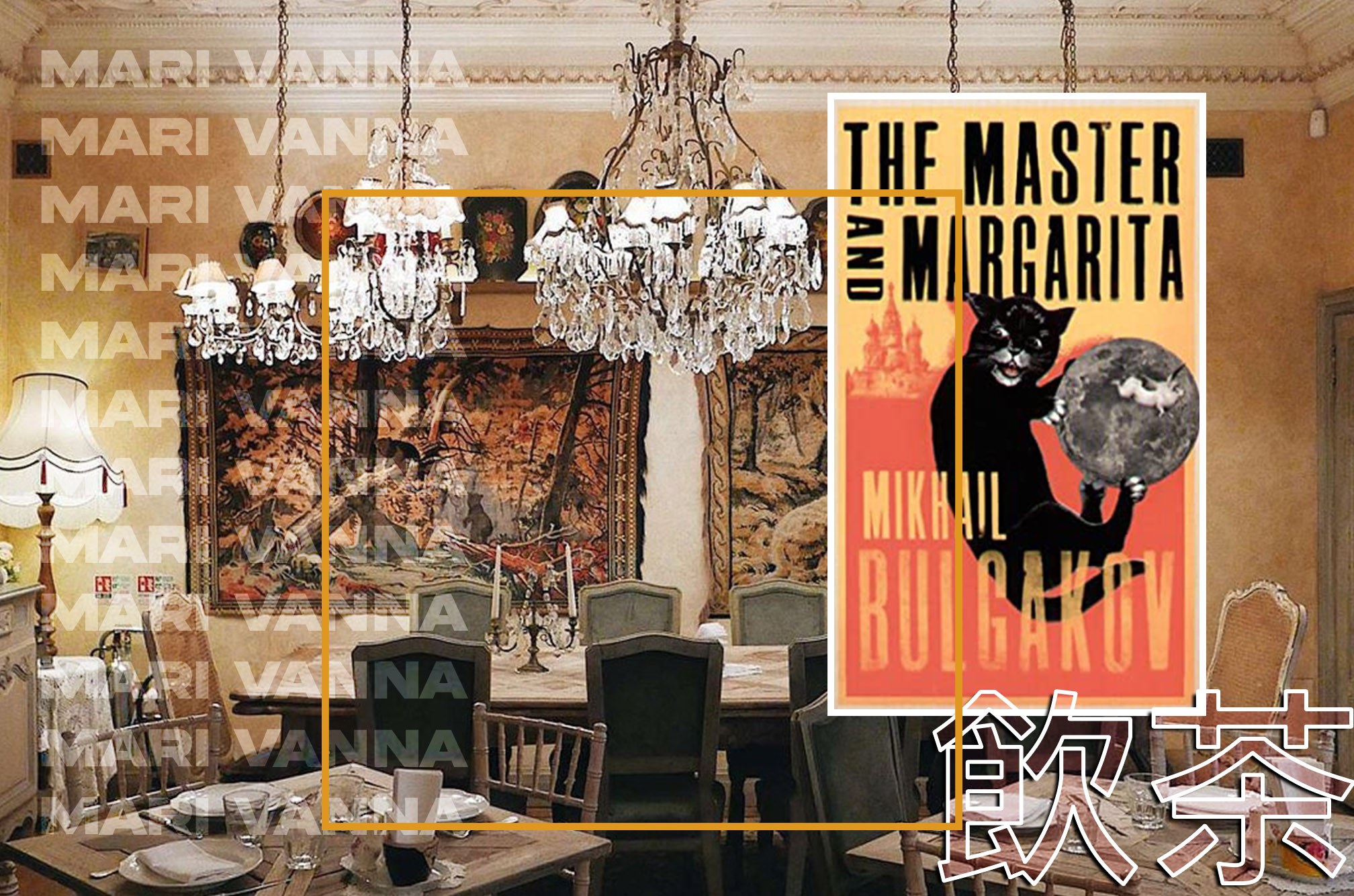
St Petersburg Mari Vanna
Most people don’t like Russia because they are the bad guys in films, notoriously corrupt and adopt questionable foreign policy. My view on the motherland, however, is different. St Petersburg, in particular, is astonishingly beautiful. Peter The Great, who is responsible for the cities construction, was besotted with the design language and romance he saw in Venice. As a result, St Petersburg, which is situated on the mouth of the Neva River, is interlaced with an exquisite Venetian influence and is the fourth most populated city in Europe.
Locals might argue that Mari Vanna is a tourist destination but it was full of locals when I went. First of all, the whole experience is drenched in irony. It’s modern Russia looking back at the ‘glory days’ of Soviet Union life and all the stereotypes that go with it. You are being transported to old grannies house and trust me, it has the decor to match. There is quite literally an old woman walking around sweeping the floor with rollers in her hair, two cats roam around freely in the restaurant and old soviet cartoons play softly in the restrooms.
This might all sound a bit theatrical, but let me make something clear; people are coming for the food. Soviet classics such as borsht, vareniki or my favourite, shuba; pickled herring covered with layers of grated boiled vegetables, chopped opinions and mayonnaise — are delectable. Don’t knock it until you try it, kids.
What to read while you're here: The Master and Margarita by Mikhail Bulgakov


